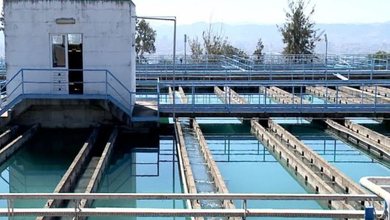
In Albania, the digitalization of public services has been one of the government's most announced priorities in the last decade, with the aim of modernizing the administration and facilitating access for citizens.
The e-Albania platform has become the core of this transformation, offering over 1,200 services electronically and being promoted as a means to avoid queues, physical contact with the administration, and increase transparency.
In 2022, an important step was taken with the closure of many physical counters and the obligation to receive services only online.
Despite the success, many citizens, especially in rural areas and the elderly, faced difficulties in using the platform, exposing a large gap in digital skills and the need for human assistance.
But on the other hand, employment in public administration, instead of decreasing due to the provision of online services, increased further.
Instead of digitalization being accompanied by the rationalization of human resources, public administration has continued to expand, especially at the local level and in new agencies.
Between 2018 and 2024, the number of employees in the public sector increased from around 153 thousand to over 170 thousand people.
This growth has been most visible in sectors such as education, health, and public safety, but also in new administration structures that manage digital services and data systems.
This development raises questions about the effectiveness of the reform. If the goal of digitalization is to reduce physical workload and automate processes, why does employment in the state continue to increase?
The digitalization of public services in Albania has functioned more as an addition to the existing administration, rather than as a transformative process that reorganizes or makes the state structure smaller.
Consequently, while technology has become more deeply embedded in service delivery, administration has not been significantly restructured.
This combination of an expanding apparatus and incomplete digitalization creates a double burden.
IT infrastructure spending is growing rapidly, reaching 140 million euros this year, while human resource costs have also increased./Monitor






















